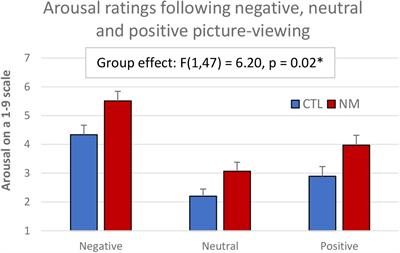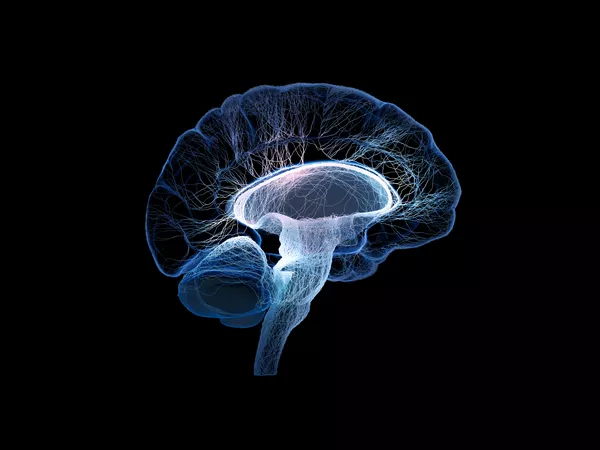EDITORIAL
Published on 10 May 2022
Editorial: Brain Activity Patterns During Dreams
doi 10.3389/fnins.2022.802778
- 1,132 views
4,760
Total downloads
26k
Total views and downloads
EDITORIAL
Published on 10 May 2022
CASE REPORT
Published on 10 Dec 2020
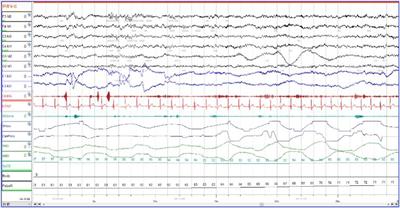
ORIGINAL RESEARCH
Published on 27 Nov 2020
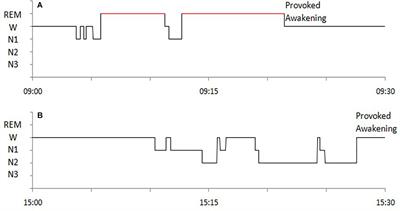
OPINION
Published on 30 Oct 2020
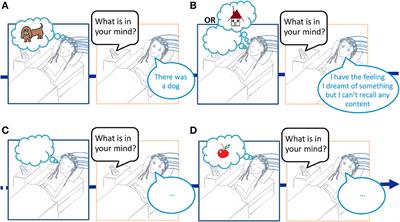
BRIEF RESEARCH REPORT
Published on 30 Sep 2020
